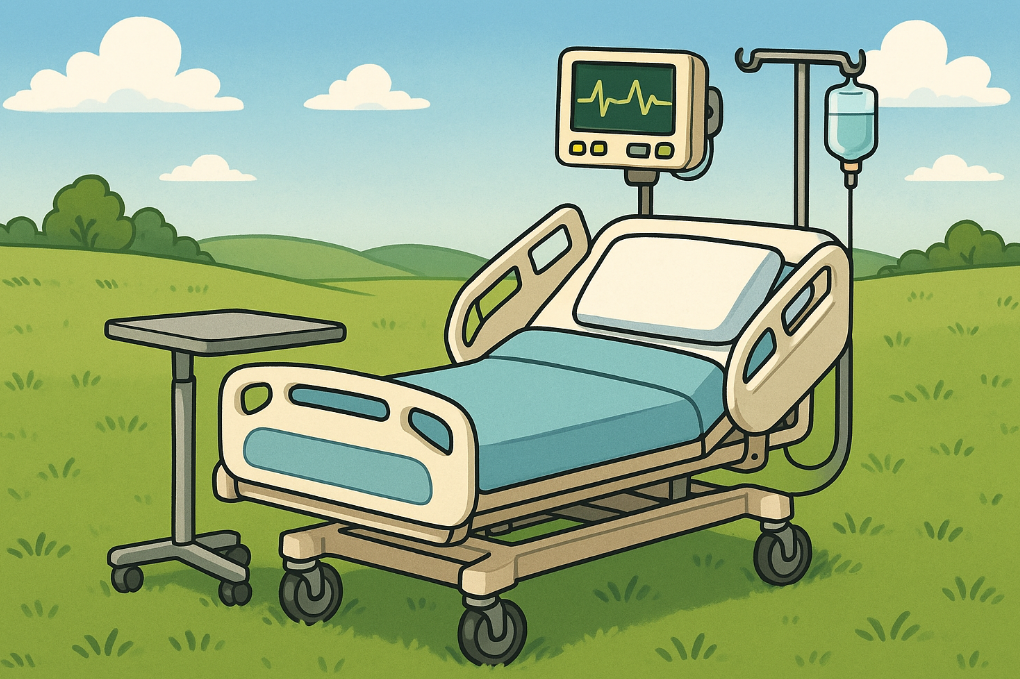
What Happens When Public Health Becomes All About Medicine?
Suppose a rise in asthma rates plagues your neighborhood. Instead of tackling the mold in public housing or pollution from nearby highways, the health response centers on distributing inhalers and monitoring symptoms.
Sound familiar?
That’s the dilemma explored in a sweeping new review of how public health has shifted, quietly but decisively, from tackling societal issues to treating individual bodies. It’s called the medicalization of public health, and it’s reshaping what we think public health is. Over 40 peer-reviewed studies, it traces how public health evolved from social reform into a field dominated by clinical tools, pharmaceutical fixes, and technical language. The bottom line? While medical advances have saved lives, the overemphasis on biomedical solutions is hindering our progress in addressing the underlying causes of poor health.
How We Got Here: From Clean Water to Clinical Trials
Public health used to be about addressing large, pressing problems: contaminated water, overcrowded housing, and child labor. Consider 19th-century sanitation campaigns or the fight against poverty-driven diseases, such as tuberculosis.
However, with the rise of germ theory and the advent of miracle drugs, the field began to shift. Health became something you measured in lab tests and treated with prescriptions. According to sociologist Peter Conrad, medicalization means framing social problems as medical ones and offering pills or procedures instead of policy change.
Over time, that lens became the default. The more we viewed health issues like addiction, obesity, or even poverty-related stress through a medical lens, the less we invested in upstream solutions, like housing, fair wages, and community design.
The Hidden Risk You’re Missing: A Narrower, Less Fair Public Health System
At first glance, a medicalized approach sounds efficient. Treat the disease, right? But the review highlights four major downsides:
- It individualizes the problem. If you have high blood pressure, it’s your diet, not the lack of healthy food nearby. If you have anxiety, it’s your brain chemistry, not your unstable housing.
- It marginalizes community leadership. When doctors dominate the conversation, teachers, social workers, and neighborhood leaders get pushed to the sidelines.
- It ignores root causes. We treat asthma attacks, but not air pollution. We screen for depression without addressing chronic poverty or racism.
- It deepens inequities. If health becomes all about access to medical care, the most vulnerable, those without insurance, transportation, or trust in the system, can fall further behind.
How This Study Could Help Reclaim Public Health’s True Mission
The review doesn’t suggest throwing out medicine. It advocates for rebalancing by reintegrating social, structural, and environmental strategies. To do this, the author proposes a seven-step roadmap. A few highlights:
- Reconnect with core values. Start with shared goals, such as equity, prevention, and community well-being, rather than focusing solely on efficiency or disease metrics.
- Pilot holistic interventions. Try combining medical, social, and environmental fixes in targeted communities, then scale what works.
- Share power. Ensure that community voices, not just clinical experts, shape public health strategies.
In short: less stethoscope, more system change.
A Surprising Stat: 40 Peer-Reviewed Studies, One Overarching Pattern
What makes this review so powerful is its scale. It draws on 40 studies across more than a dozen countries, and they all tell a similar story. Whether it’s HIV in Nigeria, dengue in Peru, or mental health in Sweden, the pattern is consistent: when medical professionals dominate the response, social solutions get sidelined.
As one case in India showed, sterilization campaigns became the face of public health, while education, social support, and community empowerment were ignored. That’s not just shortsighted. It’s dangerous.
New Research Reveals 3 Keys to Reclaiming Public Health
1. Interdisciplinary teams. Don’t just consult doctors. Pull in educators, city planners, and social scientists.
2. Upstream action. Invest in housing, clean air, and fair labor policies.
3. Community-driven strategies. Let neighborhoods help define what health means to them and how they want to get there.
What’s Next: Will We Stay Stuck in the Medical Lane?
We need to build systems that are resilient, equitable, and tailored to real-world contexts. That means public health strategies must be co-designed, not dictated. They must be preventive, not reactive. And they must address why people get sick, not just how to treat them after they are.
Join the Conversation
- What does a more balanced approach to health look like where you live?
- Have you seen examples of medicalization limiting public health efforts?
- How can we elevate community voices in health policymaking?
Let’s rethink what public health can be, before we shrink it into something it was never meant to be.

